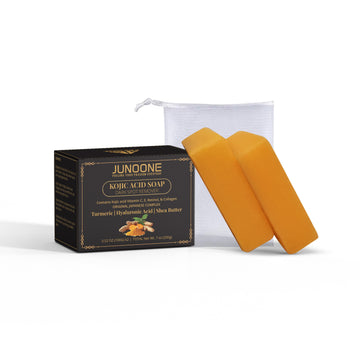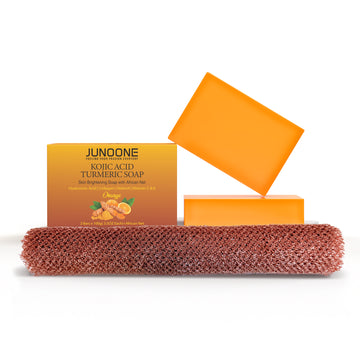Tribulus terrestris — also known as Gokharu or puncture vine — is a plant long used in traditional medicine. Its reputation is rooted in centuries of use and in its complex phytochemical and nutritional composition, which continues to draw scientific interest. This article explores the key components that contribute to the plant’s traditional and modern significance.
A Tradition of Use Across Cultures
Tribulus terrestris has a long-standing role in traditional systems such as Ayurveda and Traditional Chinese Medicine (TCM). Historically, various parts of the plant — primarily the roots and fruits — have been used for a wide range of purposes, from general tonics to more specific uses aimed at supporting natural body functions.
This rich tradition provides the cultural and historical foundation that continues to guide scientific interest in the plant’s active components.
Important Bioactive Compounds
The chemical profile of Tribulus terrestris is marked by the presence of bioactive compounds — organic substances believed to contribute to its physiological effects. Two major classes stand out:
🔹 Steroidal Saponins
These are among the most distinctive constituents of Tribulus terrestris. Compounds such as protodioscin and protogracillin have drawn attention for their potential biological activity. Much of the scientific literature on Tribulus focuses on these saponins due to their relevance in phytochemical and nutritional research.
🔹 Flavonoids
Tribulus also contains a variety of flavonoids — plant pigments known for their antioxidant properties. These contribute to the plant's complex chemical matrix and may play a role in its potential health-supporting effects.
Nutritional and Mineral Elements
In addition to its phytochemicals, Tribulus terrestris contains a number of trace minerals and essential nutrients, although the exact profile can vary.
🔸 Geographic and Soil Variation
Research indicates that the elemental composition of the plant is highly dependent on its geographic origin and soil quality. As a result, the mineral content of Tribulus terrestris can differ significantly across different regions.
Composition and Variability
As with many botanicals, the overall composition of Tribulus terrestris is naturally variable. This includes not just fluctuations in saponin or flavonoid levels, but also the presence of other compounds such as:
-
Tannins
-
Phytic Acid
These substances may influence mineral absorption due to their binding properties. This complexity is a common feature in phytochemical research and is crucial to understanding the full potential and limitations of plant-based compounds.
Conclusion
Tribulus terrestris is more than just a traditional herb — it's a scientifically intriguing plant with a layered composition of saponins, flavonoids, trace minerals, and more. While its nutritional and bioactive makeup varies based on several environmental factors, this variability is also what makes the plant so interesting for further study.
Whether considered for traditional or modern applications, understanding the composition of Tribulus terrestris is key to appreciating its potential roles in supplementation, wellness, or future pharmacological exploration.
Disclaimer:
This article discusses the nutritional composition of Tribulus terrestris as documented in scientific literature. It is intended for informational purposes only. The statements made herein have not been evaluated by the U.S. Food and Drug Administration (FDA). This herb is not intended to diagnose, treat, cure, or prevent any disease. Always consult a healthcare professional before using any herb, especially if you have pre-existing health conditions or are taking medications. Pregnant or breastfeeding women should avoid the use of herbal supplements unless advised otherwise by a medical provider.







 Be The First To Know About new Products, Exclusive offers, and much more.
Be The First To Know About new Products, Exclusive offers, and much more.